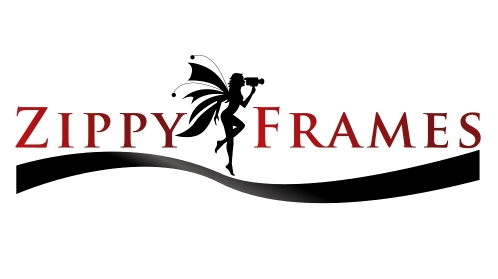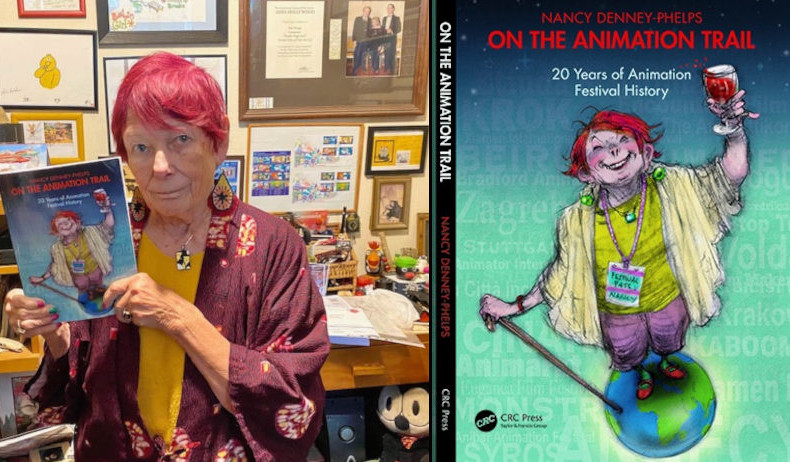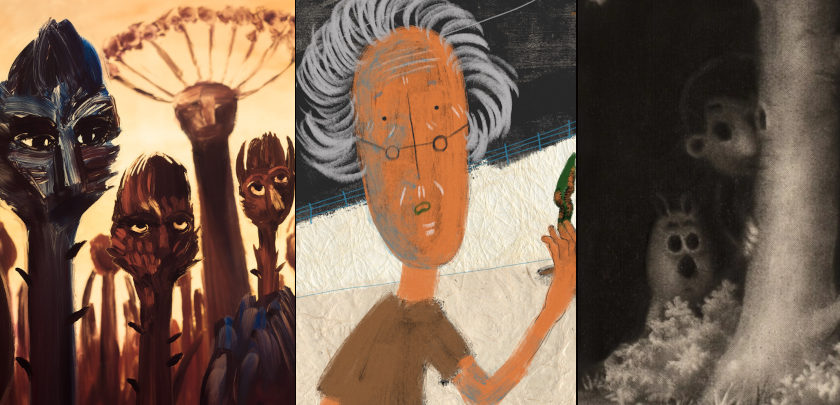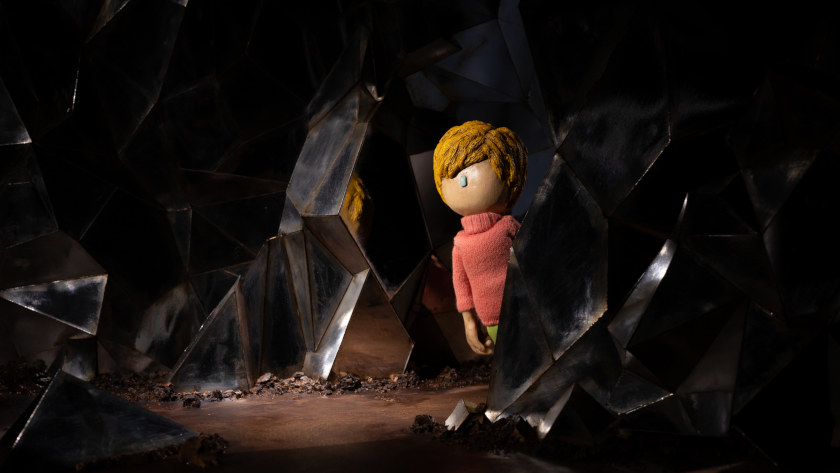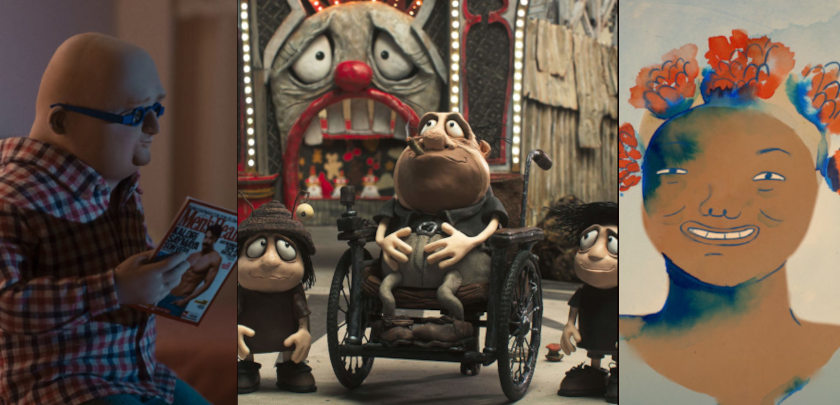'T-Zero', A Critique On the Housing Issue: Interview with Portuguese Animation Director Vicente Nirō
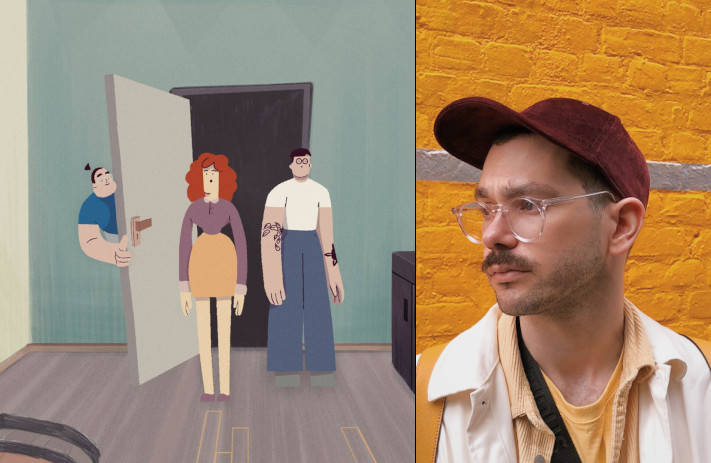
One of the animation shorts that stood out at the Cinanima Festival 2024, despite no award received, was Vincente Nirō's animation short 'T-Zero', a Portuguese/Hungarian co-production. What caught my attention was the critical and sharp look at how it addresses a subject as complex as the housing problem that plagues Portugal and beyond.
Firstly, I think it is necessary to introduce the film's context because it is fundamental to understanding the value of 'T-Zero'. Many countries and cities worldwide have been facing the housing issue ever since short-term accommodation emerged as a high-income and relatively easy option for property owners. Thousands of property owners, driven by their ambition for quick profits and lack of concern, have converted their properties from long-term rentals into short-term accommodation. This has caused the value of long-term rentals to skyrocket in the country. Professionals who earn their livelihood in this market, including real estate agents and those employed in platform call centers, are also experiencing psychological and emotional strain, akin to slavery in the 21st century.
In a city that was once typically Portuguese, a real estate agent tries to persuade customers to rent tiny apartments, even if it means evicting the people who live there - T-Zero Synopsis
In this niche, 'T-Zero' exposes the moral, emotional, and mental degradation of a young real estate agent who deceives, manipulates, and coerces her clients into renting and purchasing properties in poor condition, treating them as valuable assets. This is due to the astronomical rent rates offered for these vacant properties. The story even alludes to a real-life incident in Porto, where locals set a building on fire to evict residents and replace it with new housing. Presenting an everyday issue in the country since 2016, Vicente managed to get his short film selected not only for the national award but also for an international competition.
'T-Zero' is an animated film, and it has a well-organized script, which grows in complexity. It is a surprising narrative. The situations that the young woman faces throughout the film, as well as her particular situation of living in a tiny space, lead to her emotional degradation. The narrative begins in a comical, colorful way and gradually becomes denser, with heavier colors, until the inevitable end. I saw this process as a representation of what happens to cities themselves, as they lose their picturesque environments and their unique personalities, which attract so many tourists. That said, I bring the conversation I had with the director of 'T-Zero' to the Zippy Frames readers.
Zippy Frames: How did you come up with the idea?
Vincente Nirō: Oh, that was already... at the end of 2019. Then the first drafts, the first ideas for the film, come about.
ZF: During that period, did you create a sketchbook?
VN: Exactly, storyboarding and loose ideas were present, and the character was already in the process of development. Then the idea matured; it became more consistent. We proceeded to seek funding at the start of 2020. Then, we successfully secured financing, and the rest was history. We immediately witnessed the onset of the pandemic, prompting us to question whether the film would still be relevant, given that everyone was staying at home and there was no need to search for a house. However, it was also during this period that we observed an increasing number of news articles about individuals facing eviction.
ZF: There is a film scene where an agent reveals that a couple previously resided in the building, but a fire occurred, and the exact cause remains unknown. Was that scenario inspired by the same incident that occurred in Porto?
VN: Yes. The lady was evicted from her house after it burned down. It's unclear if the fire was intentionally set to evict people from the house but given the nature of the building.
ZF: At the time, a real estate company purchased the building.
VN: I think so; I'm not sure anymore, but it's not an isolated case either; there were several similar stories. But yes, many buildings were burned or destroyed and then sold to other owners to transform them into something else.
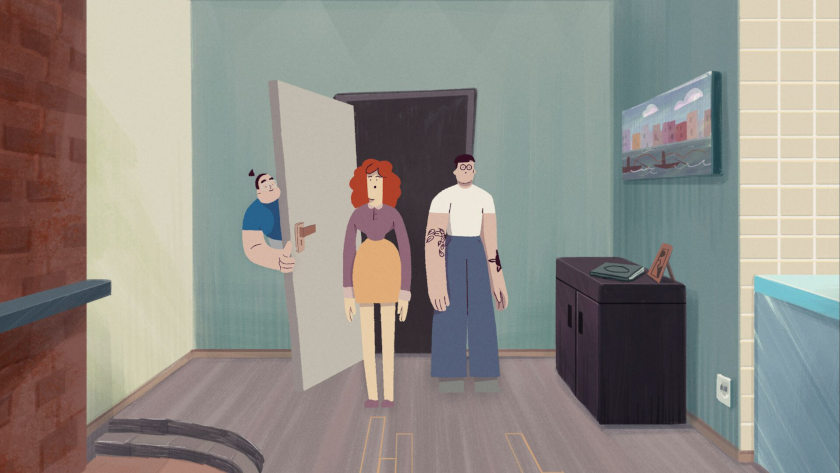
ZF: That's because, upon seeing it, I was struck by the realization that there were indeed cases like that.
VN: Initially, I had researched the news to understand what was happening. It was also that movements were already starting to emerge because of the increase in local accommodations, Airbnbs, or hotels that were happening here in Porto, as in Lisbon. Indeed, a significant number of cases occurred during this period, serving as inspiration for the stories I attempted to incorporate into the film.
ZF: Yes, and as for the young woman who is a real estate consultant, do you know anyone, including yourself, who has worked in that field?
VN: I don't know anyone who is. Although I am close, I think we have all had the experience of visiting a house and seeing how the real estate agents act and what the dynamics of the service are like... because it is always a very energetic record. They try to sell everything as good, even bad houses, so I tried to keep that dynamic and energy in this character.
ZF: Yes, and you make the irony that she sells that and she lives in the same hell.
VN: She is going through the opposite—yes, yes, yes. I also aimed to offer an alternative viewpoint. I didn't want the film to be biased against real estate agents, but to show her side.
ZF: She is also a victim, right?
VN: Absolutely, she is, even the house where she lives is not exactly in good condition. The fact that she lives alone with her rabbit, a pet, also lends the house a more humane feel. Because even though she spends her days trying to sell apartments in bad condition, she also has her own life, and it's not completely different.
Watch the T-Zero trailer:
ZF: As I shifted my attention, the way you used color also captivated me. Because they're not overblown, they're colorful, but it's not saturated. A medium tone, in general.
VN: Yes, yes, yes. There are moments in the film that are more edgy, while others feature cooler colors. For instance, despite being a black comedy, the film maintains an upbeat and cheerful appearance.
ZF: I agree.
VN: I believe I attempted to create a sense of contrast while also showcasing a glimpse of the color palette. Porto is a somewhat gray city, but I tried to make it seem very flashy and appealing with vibrant colors. You can also notice a color difference between the first apartment she visits—and the only actually good one—it has beautiful colors that are in keeping with the city, which is appealing to tourists.
ZF: And as the film progresses, the situation gets worse, doesn't it?
VN: Indeed, the darkness intensifies. Even in the final scenes of the city, you can observe a grayer sky and a slightly darker city overall.
ZF: The city seems to be losing its vitality. Well, that's what I find interesting. You put the color in as if it were a process of the city degrading with this kind of...
VN: That's right; at the beginning, it seems perfect; it's very eye-catching for people going out, for tourists. Yes, yes. As more tourists visit and the people who made the city what it is left, it loses a bit of its essence—its color.
ZF: And why did you choose 2D? Was there a specific reason, or was it natural?
VN: I feel comfortable working in this style. My previous film was also 2D. And even at AIM Creative Studios, where we work, the films are mainly in 2D. Now and then we use a little bit of 3D. Alternatively, the previous film in competition, Maria Trigo's film [It Shouldn't Rain Tomorrow] featured a more analog aesthetic. But yes, 2D is what we feel comfortable working with.
ZF: What are your influences on your drawing style and color planning? Things are usually more flat. Which influence do you think you notice most in yours?
VN: I usually try. I also do illustration, and I usually try to use more textures, trying to give a more analog aspect to the digital. In this film, we made a slight reduction in the use of textures, aiming to avoid overuse; these textures are primarily used in the backgrounds and scenarios. While the characters are flatter. I initially hesitated to embrace this aesthetic, but it worked well. It contrasts the character's animation well with the backgrounds. I believe that the backgrounds already give a good enough texture that the characters don't need them so much.
ZF: I was struck by how you handled the backgrounds, which aren't always detailed; they're indicated by the lines and such.
VN: Oh, yes, yes. They're often indicated by the lines, but they don't necessarily have a particular color for each one.
ZF: Well, that reminded me of the UPA's way designers and animators handled the backgrounds. That's why I inquired if you, or any other Portuguese animator or illustrator, were influenced by your aesthetic choices.
VN: Indeed, but I receive so many small gifts from each of them that it would be disrespectful to only mention one. However, I am uncertain. Oh, right, when I need names, that's when they disappear (laughs).
ZF: Thanks for this, Vicente, and congratulations on an amazing animation short.
About Vicente Nirō
Vicente Nirō (he/they) is a Portuguese illustrator and animation director born on a rainy Carnival Tuesday in the early 90s. His work tries to uncomplicate serious matters through colorful humor, whether through cinema, illustration or comics. He’s based in Porto, Portugal.
